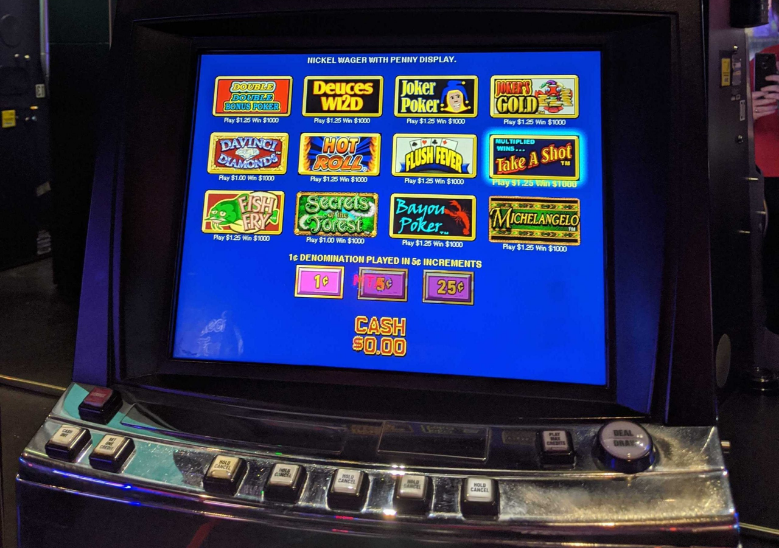The allure of casino games goes beyond the glitz and glamour of the gaming floor. Behind every spin of the roulette wheel and shuffle of cards lies a captivating world of psychology that keeps players coming back for more. In this blog post, we delve into the fascinating science behind the psychology of gambling, exploring the underlying factors that drive human behavior in casinos and how understanding these psychological principles can enhance your gaming experience.
The Gambler’s Mind: Understanding the Thrill of Risk-Taking
At the heart of gambling lies the thrill of risk-taking. The human brain is wired to seek novelty and excitement, and the uncertainty of casino games provides the perfect stimulus. Understanding the concept of risk-reward and how it influences decision-making can shed light on why players are willing to take chances, even in the face of potential losses.
We’ll explore concepts like the dopamine reward system, which is activated when gamblers experience wins, reinforcing the desire to continue playing. Moreover, the phenomenon of near-misses, where players come tantalizingly close to winning, triggers a sense of anticipation that fuels their engagement.
Cognitive Biases in Gambling: The Influence of Perception
Cognitive biases play a significant role in how players perceive and interpret their gambling experiences. We’ll examine concepts like the illusion of control, where players believe they have more control over outcomes than they actually do. The gambler’s fallacy, another common bias, leads players to believe that past outcomes influence future events, even in games of chance.
Understanding these biases can help players make more informed decisions, recognize irrational thought patterns, and adopt a more measured approach to their gameplay.
The Impact of Environment: Casino Design and Atmosphere
Casino environments are meticulously designed to create a specific ambiance that keeps players engaged and comfortable. We’ll explore the role of sensory cues, such as lighting, sounds, and colors, in shaping the casino atmosphere and how these factors influence players’ emotional states.
Additionally, we’ll discuss the concept of “flow,” a psychological state where players become fully immersed in the gaming experience. Understanding how casino design facilitates the flow state can help players maintain focus and enjoyment during their sessions.
Responsible Gambling: Promoting Healthy Gaming Habits
With a deeper understanding of the psychology of gambling, we’ll address the importance of responsible gambling practices. For some individuals, the thrill of gambling can lead to compulsive behaviors and addiction. We’ll provide tips and resources for maintaining a healthy balance, setting limits, and recognizing warning signs of problematic gambling behavior.
Conclusion
The psychology of gambling adds an intriguing dimension to the world of casino games. Understanding the science behind human behavior in casinos can empower players to make more informed decisions, enhance their gaming experiences, and practice responsible gambling habits. As players gain insights into the thrill of risk-taking, cognitive biases, and the impact of casino environments, they can approach gambling with a deeper appreciation for the complex interplay between the mind and games of chance. So, the next time you step onto the casino floor, remember that there is more to the game than meets the eye – the psychology of gambling is at play, guiding the dice, the cards, and the choices you make.

